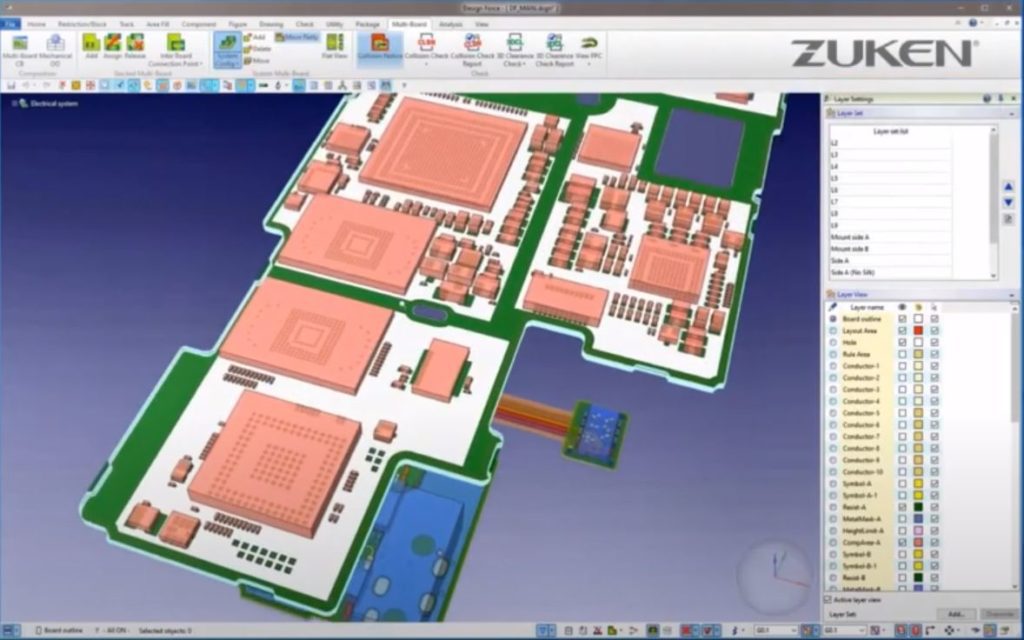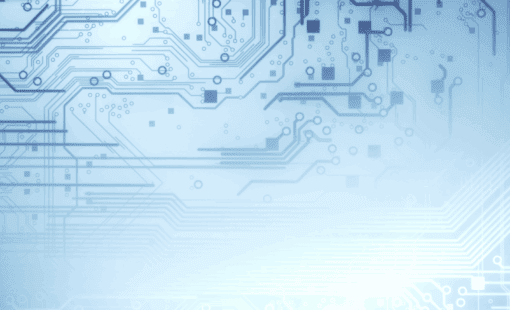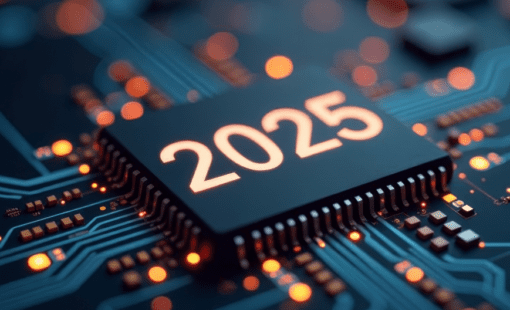For many years, the layout of a printed circuit board in 2D was sufficient for most mainstream technologies.
These requirements demand comprehensive 3D electronic design and visualization functions in ECAD systems. The layout engineer gains a better overview of complex technologies, e.g. placing components in intermediate layers.
A true 3D ECAD system allows engineers to work in 2D or 3D as needed to precisely design with the latest technology and respond to market demands in high-pressure business cycles. So can today’s CAD tools deliver on these requirements and harness the power of new technologies?
3D ECAD/MCAD Collaboration
While the MCAD industry has always been thinking in three dimensions, the ECAD industry has long been 2-dimensional. At Zuken, the world was no longer flat as far back as 2001. Since then, we have constantly upgraded and improved our 3D PCB design solutions.
The way electrical and mechanical design converge leaves little room for error. That’s why Design Force includes powerful ECAD/MCAD collaboration features. These support the import of mechanical enclosure as a STEP file, the optimization of component placement based on mechanical constraints, and product validation with 3D collision and clearance checks.
3D Electronics Design with Flex-Rigid Technologies
Rigid-Flex technology combines rigid and flexible PCBs into a single design.

Electronics and 3D Circuit Printing
In addition to these well-established technologies, Zuken also supports innovative trends, such as printed circuit boards from the 3D printer.
CR-8000 Design Force generates all required data for 3D printing and supports direct export to manufacturing with no loss of integrity.
Conclusion about 3D Electronics Design
One Comment
Leave a Reply

- Blog

- Blog
AI in PCB design is increasingly seen as a game-changer, with some predicting it could soon replace entire layout teams—but this view risks overlooking both the current limits of AI and the critical expertise engineering demands. At DesignCon 2025, experts from emphasized that AI's real value lies in complementing human judgment, not replacing it. Read more on our blog.

- Blog
Our new post explores the potential of augmented reality (AR) to transform everyday experiences in shopping, education, and navigation. It highlights how enhanced AR devices will offer immersive, interactive environments that blend the virtual and physical worlds.

- Blog
The field of PCB design continues to evolve as advancements in technology and shifting market demands push the boundaries of what’s possible. By 2025, several key trends are set to shape the industry. Find out more on our blog.

Looking forward to seeing how 3D design continues to evolve and impact industries like wearables, IoT, and automotive electronics. Thanks for sharing!